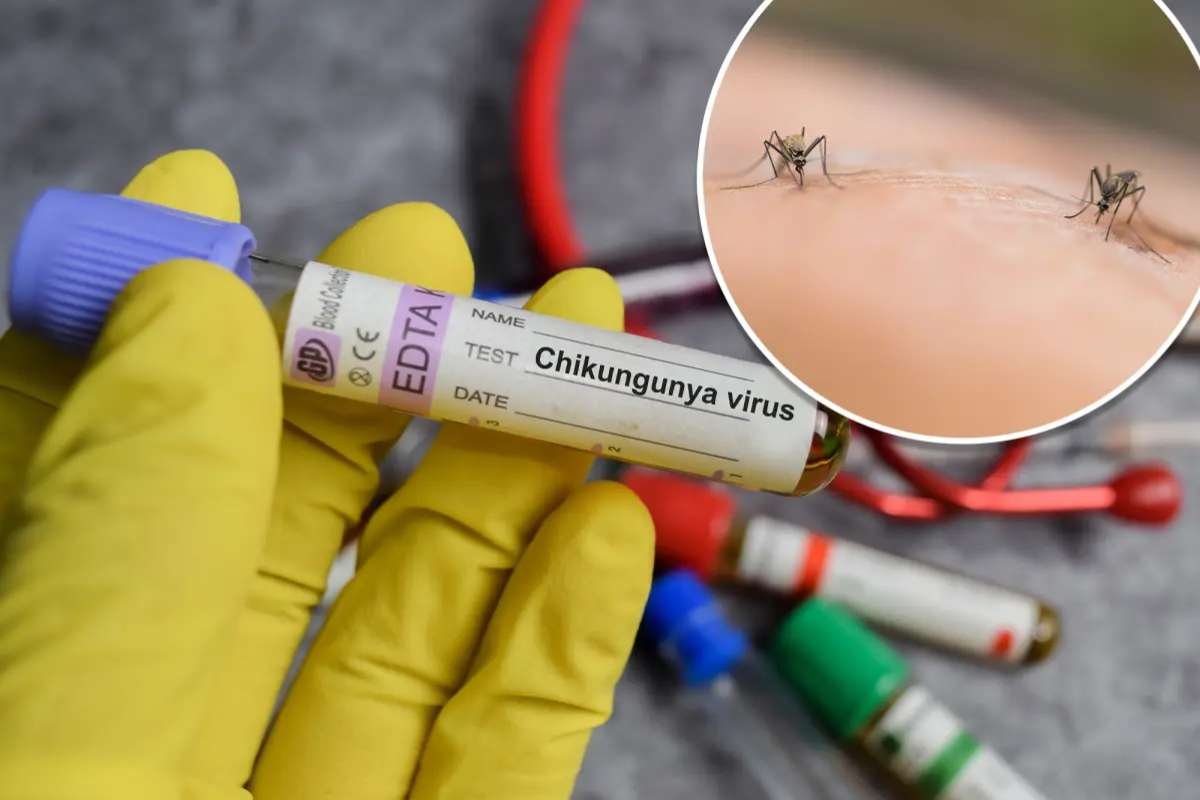Genetic engineering has gained a lot of attention in recent years for its application in medicine, agriculture, and industry. But there is one area where its potential is beginning to shine – wildlife conservation. As our planet faces serious issues like climate change, habitat destruction, and human impact, scientists are looking to Genetic Engineering as a hopeful tool to help protect and save endangered species.
In this article, we will learn more about this technology, its applications, challenges, and ethical questions that come with it.
What is Genetic Engineering?
It refers to the process of manipulating an organism’s DNA to alter its characteristics or traits. By using advanced technologies like CRISPR-Cas9, scientists can precisely edit genes to achieve desired outcomes. This technology allows researchers to add, remove, or modify specific genes in plants, animals, or microorganisms.
In the context of wildlife conservation, it offers unprecedented opportunities to address some of the most pressing challenges facing biodiversity today. Whether it’s reviving extinct species, improving genetic diversity, or developing disease-resistant populations, the possibilities are vast and transformative.
Why is Genetic Engineering in Wildlife Needed Conservation?
Wildlife conservation efforts have traditionally relied on methods like habitat restoration, breeding programs, and anti-poaching measures. While these approaches have had some success, they are often not enough to combat large-scale environmental threats. Here’s why it is becoming an essential tool:
- Extinction Crisis: The world is currently experiencing a biodiversity crisis, with thousands of species at risk of extinction. Climate change, deforestation, pollution, and overhunting are accelerating the decline of wildlife populations. It can help address some of these challenges by creating solutions that go beyond traditional conservation efforts.
- Restoring Genetic Diversity: Small populations of endangered species often suffer from inbreeding, which weakens their genetic health and makes them more vulnerable to diseases and environmental changes. It can introduce new genetic material to restore diversity and improve their chances of survival.
- Combating Diseases: Wildlife populations are increasingly threatened by diseases, some of which are exacerbated by climate change. For example, amphibians worldwide are struggling with chytridiomycosis, a fungal disease. Scientists are exploring ways to use this technology to develop disease-resistant traits in vulnerable species.
- De-extinction: While controversial, the concept of bringing extinct species back to life through genetic technologies is gaining traction. This process, known as de-extinction, involves using Genetic Engineering to recreate species like the woolly mammoth or the passenger pigeon.
Applications of Genetic Engineering in Wildlife Conservation
1. Saving Endangered Species
One of the most promising applications is its potential to save endangered species. For example, biologists are working to protect the black-footed ferret, an endangered species in North America, by editing genes to make them resistant to diseases like sylvatic plague. This approach could be replicated for other species facing similar threats.
2. Gene Rescue for Genetic Diversity
Many endangered populations suffer from a lack of genetic diversity, which reduces their ability to adapt to changing environments. Using Genetic Engineering, scientists can introduce healthy genes from other populations or even related species. This process, known as “gene rescue,” can help strengthen the genetic makeup of vulnerable species, making them more resilient.
3. De-extinction Projects
The idea of bringing extinct species back to life has captivated the imagination of scientists and the public alike. One of the most well-known efforts is the attempt to revive the woolly mammoth by editing the DNA of modern-day elephants. While de-extinction remains in its early stages, it demonstrates its powers to rewrite the rules of conservation biology.
4. Disease Resistance
The Tasmanian devil population, for instance, is being devastated by a contagious cancer called Devil Facial Tumor Disease (DFTD). Researchers are exploring ways to use it to enhance the species’ resistance to this disease. Similarly, coral reefs, which are dying at alarming rates due to ocean warming and bleaching, could benefit from genetically engineered “super corals” that are better adapted to survive in changing conditions.
5. Invasive Species Control
Invasive species can wreak havoc on ecosystems, outcompeting native species and disrupting the natural balance. Genetic Engineering offers innovative solutions, such as gene drives, which can be used to control invasive populations. For example, scientists are studying how gene drives could be used to reduce populations of invasive rodents on islands, thereby protecting native bird species.
Challenges and Ethical Considerations
While the potential of Genetic Engineering in wildlife conservation is exciting, it also raises important ethical and practical questions. Here are some of the key challenges:
- Unintended Consequences: Editing genes in one species could have unforeseen effects on the ecosystem as a whole. For example, altering the genetic makeup of a predator species might inadvertently impact prey populations or other interconnected species.
- Ethical Concerns: Should humans have the right to “play God” by altering the DNA of wild animals? Some argue that this technology interferes with the natural course of evolution and raises moral dilemmas about the extent of human intervention in nature.
- Technical Limitations: Although Genetic Engineering has made immense progress, it is still a relatively young field. There are technical challenges in ensuring that genetic modifications are safe, effective, and long-lasting.
- Cost and Accessibility: Developing and implementing genetic technologies can be expensive, which may limit their use to well-funded conservation projects. Ensuring that these technologies are accessible and equitable will be crucial for their widespread adoption.
- Public Perception: There is often skepticism and fear surrounding genetic modification, driven by misinformation or lack of understanding. Building public trust and educating communities about the benefits and risks will be essential for its success in conservation.
The Future of Genetic Engineering in Conservation
Even with the challenges, the future of Genetic Engineering in wildlife conservation looks bright. As technology keeps improving, it is expected to become an important tool in the fight against biodiversity loss. Here are some possible developments we might see in the next few years:
- Better Gene Editing Tools: Advances in technologies like CRISPR-Cas9 will lead to gene editing that is more accurate, efficient, and affordable.
- Increased Collaboration: Conservationists, geneticists, and policymakers will need to work together to establish ethical guidelines and ensure that genetic technologies are used responsibly.
- Creative Conservation Strategies: By combining Genetic Engineering with other conservation efforts, such as restoring habitats and involving local communities, we can develop more comprehensive and effective solutions.
With genetic engineering, we will be able to increase the complexity of our DNA, and improve the human race. But it will be a slow process, because one will have to wait about 18 years to see the effect of changes to the genetic code.
_____ Stephen Hawking
Conclusion
Genetic engineering in wildlife offers an innovative way to help wildlife conservation, providing new hope for protecting endangered species and restoring ecosystems. Its potential uses are wide-ranging and exciting, from fighting diseases to increasing genetic diversity. However, it’s important to move forward carefully, addressing ethical issues and reducing any unintended consequences.
Looking ahead, it could become a key part of conservation efforts. We can aim for a world where Genetic engineering in wildlife can thrive alongside human development by using this powerful technology responsibly. For now, the focus should be on research, teamwork, and a strong commitment to preserving the planet’s biodiversity.







